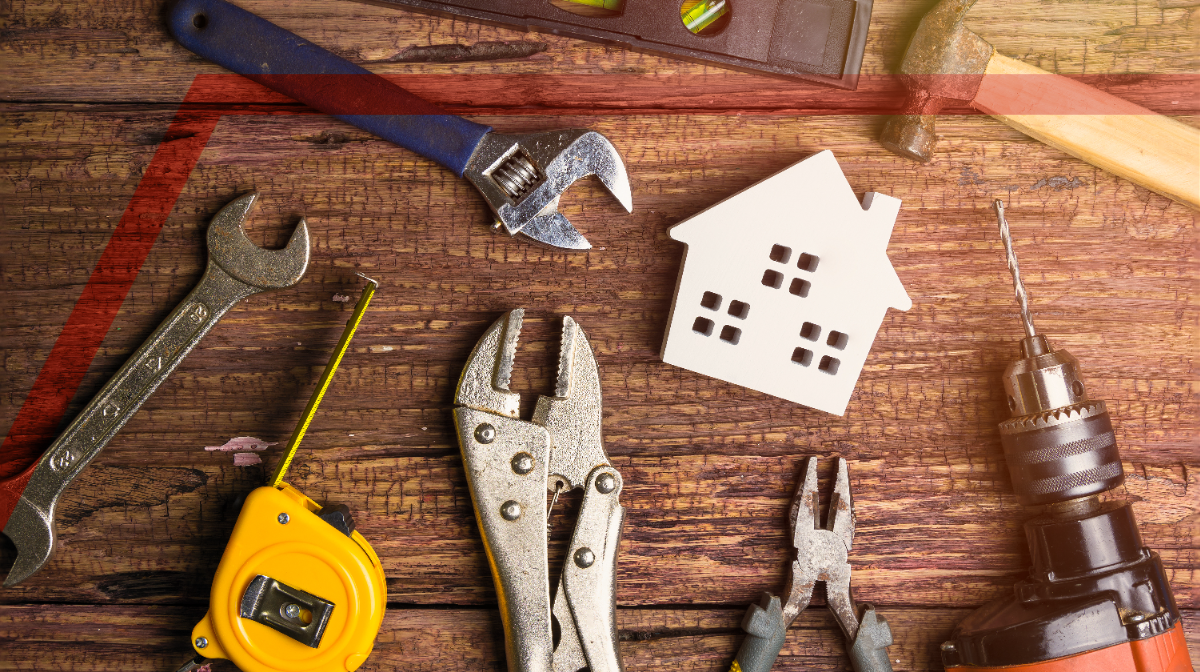Maintaining a home often involves a list of repairs and improvements that, left unchecked, can grow into significant issues. Fortunately, many of these tasks are manageable and can be completed over a weekend. Here’s a guide to some common household repairs that you can tackle efficiently, enhancing both the functionality and appearance of your home.
Fixing Leaky Faucets
Leaky faucets are a common annoyance that can also lead to higher water bills. Repairing them is a straightforward task that requires minimal tools and effort.
Steps to Repair a Leaky Faucet:
- Identify the Type: Determine whether you have a compression faucet or a cartridge faucet, as this will affect the repair process.
- Shut Off the Water: Always start by turning off the water supply to avoid any unnecessary mess.
- Disassemble the Faucet: Remove the handle and any decorative parts to access the cartridge or washer.
- Replace Worn Parts: For compression faucets, replace the washer. For cartridge models, replace the O-rings or the entire cartridge if necessary.
- Reassemble and Test: Once you’ve replaced the necessary parts, reassemble the faucet and turn the water back on to test for leaks.
Patching Drywall Holes
Small holes in drywall are common but can be easily patched up, restoring the smooth appearance of your walls.
Steps to Patch Drywall:
- Clean the Area: Remove any loose debris around the hole.
- Apply Patch: Use a self-adhesive mesh patch for smaller holes or cut a piece of drywall to fit larger gaps.
- Spread Joint Compound: Apply joint compound over the patch using a putty knife, feathering the edges into the surrounding wall.
- Sand and Paint: Once the compound is dry, sand it smooth and apply a coat of paint to match the rest of the wall.
Restoring Grout
Over time, grout in tile floors and walls can become discolored or cracked. Refreshing it can make a significant difference in the look of your tiles.
Steps to Refresh Grout:
- Clean the Grout: Use a grout cleaner or a mixture of baking soda and water to scrub away dirt and stains.
- Remove Damaged Grout: Use a grout saw to carefully remove any cracked or crumbling grout.
- Apply New Grout: Mix new grout and apply it with a grout float, pressing it into the joints.
- Clean Excess Grout: Wipe away excess grout with a damp sponge and allow it to cure according to package instructions.
Sealing Windows and Doors
Drafty windows and doors can increase your energy bills. Sealing them is an easy project that can be done in a few hours.
Steps to Seal Windows and Doors:
- Inspect for Drafts: Check for drafts by holding a candle near the edges of windows and doors.
- Remove Old Caulk: Use a putty knife to scrape away old, cracked caulk.
- Apply New Caulk: Apply a fresh bead of silicone caulk around the window or door frame.
- Install Weather Stripping: For doors, add weather stripping to the bottom and sides to block any remaining drafts.
Repairing an Asphalt Driveway
If you have an asphalt driveway, minor cracks and potholes can be fixed with the proper materials and a bit of effort.
Steps to Repair Asphalt Driveway:
- Clean the Area: Remove any loose debris and dirt from the cracks or potholes.
- Fill Cracks: For small cracks, use a crack filler and a caulking gun to fill the voids.
- Patch Potholes: For potholes, use a cold patch mix, tamping it down firmly to ensure a smooth, even surface.
- Seal the Driveway: For a longer-lasting repair, consider applying a sealcoat to protect the surface from further damage.
To ensure the best results for your asphalt driveway, consulting an asphalt driveway repair expert from Layton might be beneficial, especially for extensive damage.
Conclusion
Tackling these common household repairs not only improves the function and look of your home but also provides a sense of accomplishment. With the right tools and a bit of patience, these weekend projects can be both manageable and rewarding. Whether fixing a faucet or patching drywall, taking these tasks into your own hands can help maintain your home and save money in the long run.






